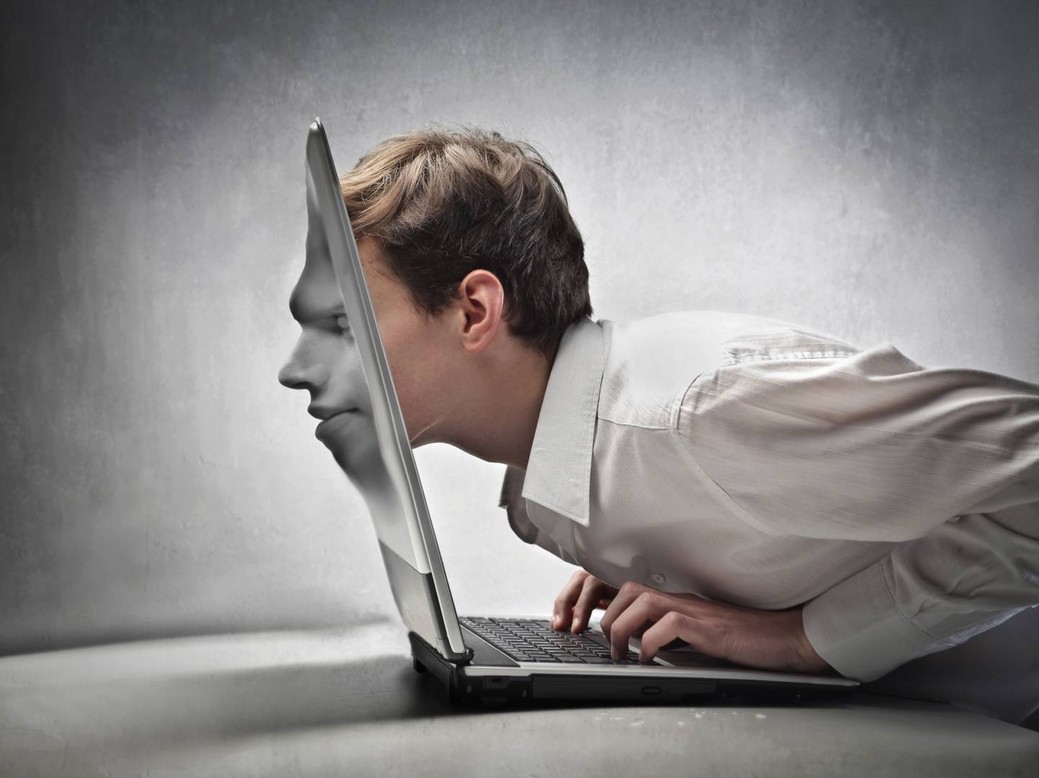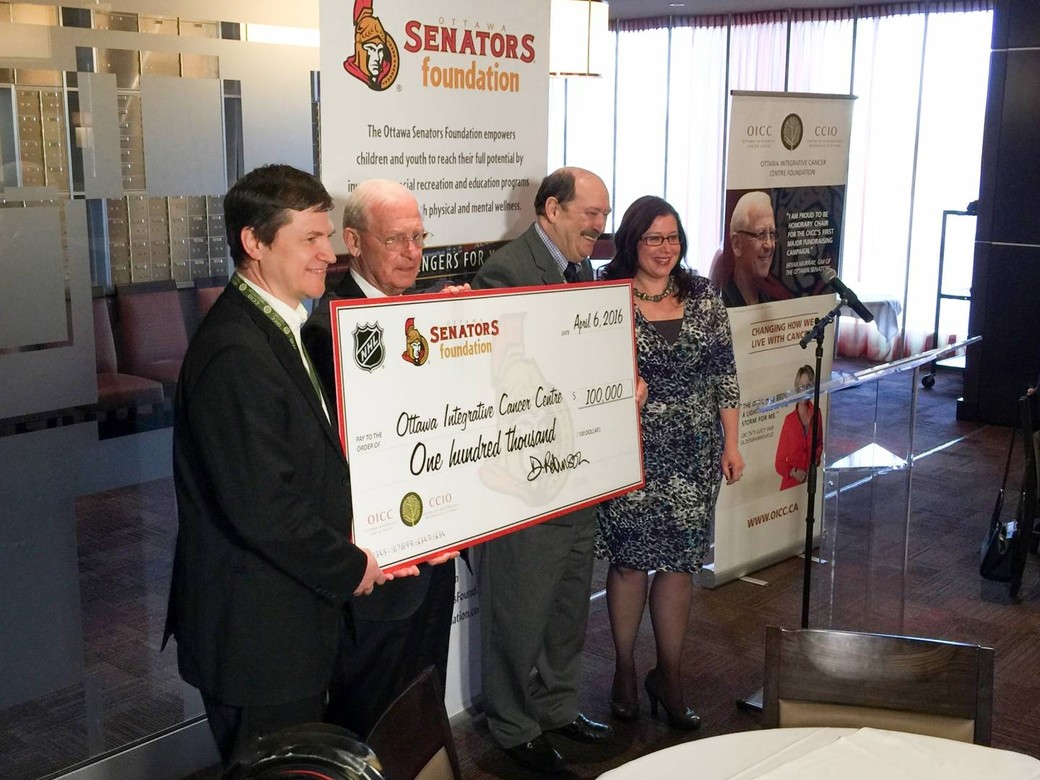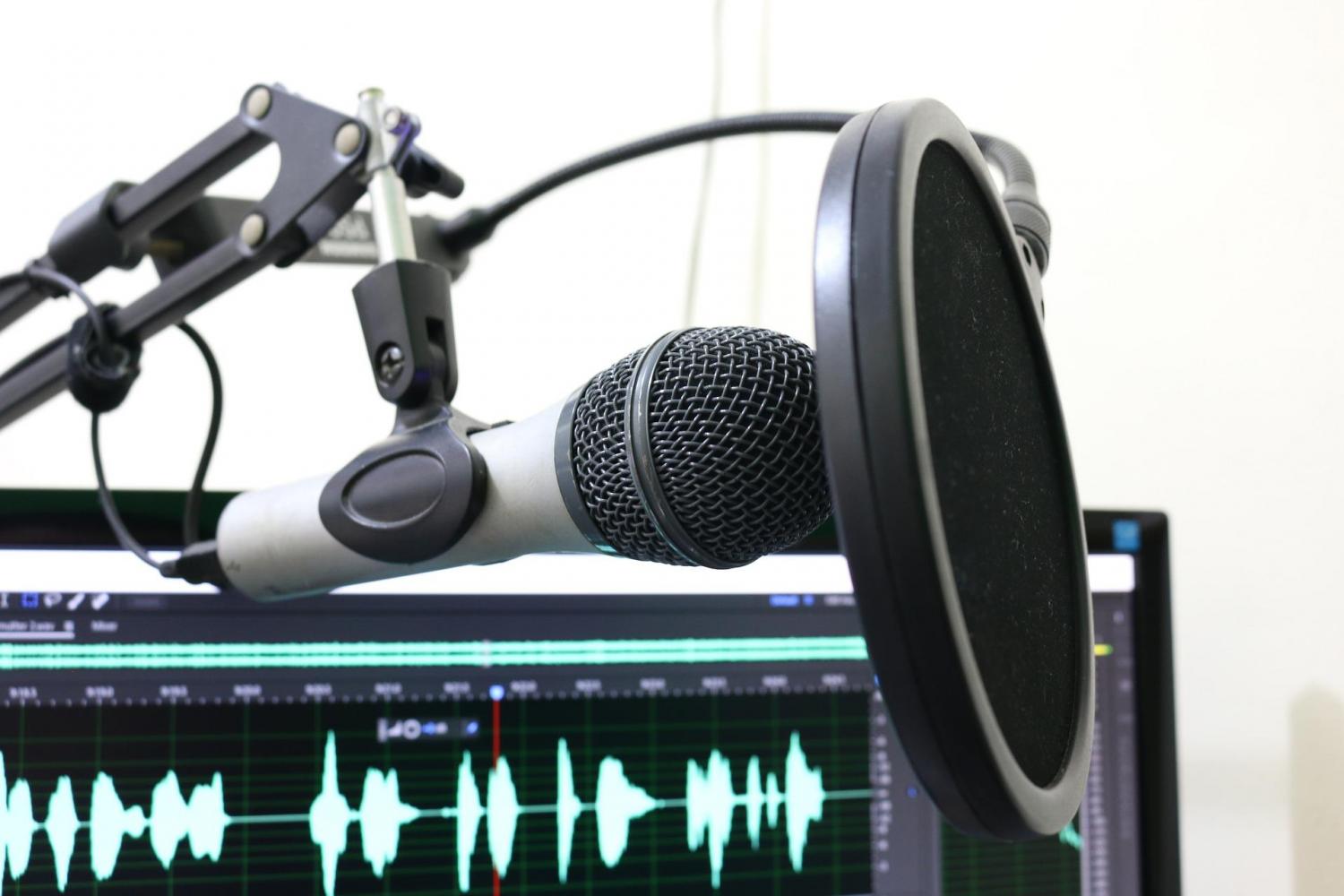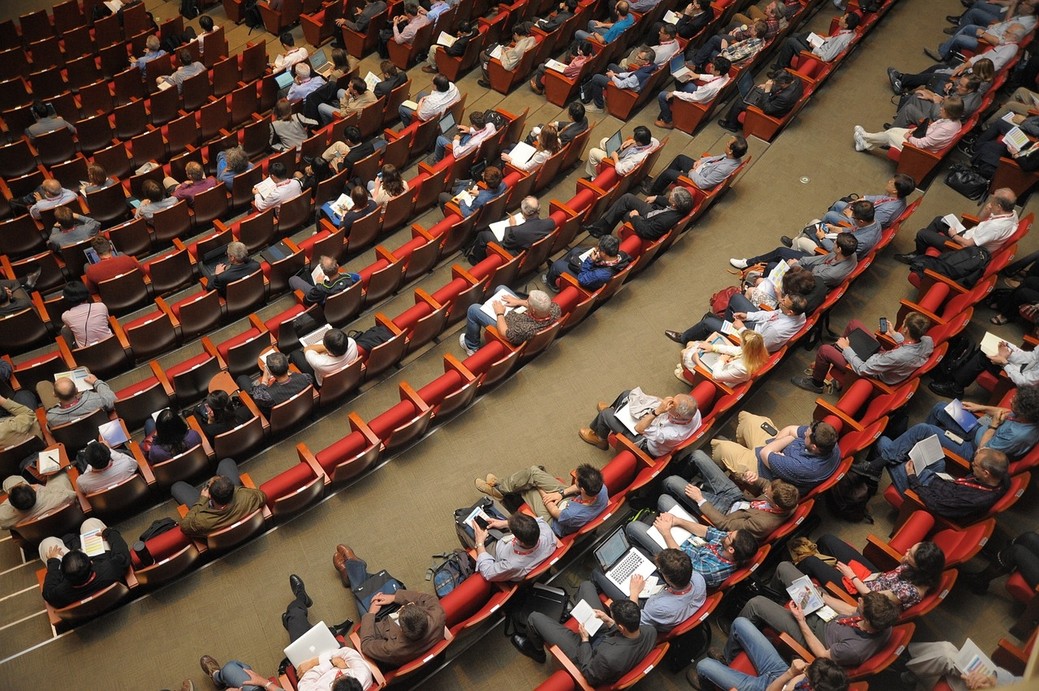
To Tweet or Not to Tweet: Is Creativity Drowned by Social Media?
J.T. Ellison, a New York Times bestselling author, wrote an article upbraiding all would-be writers for their excessive use of social media. For Ellison, social media platforms are necessary tools for promoting yourself as an author, but their use ends there. Further, by taking up so much of aspiring authors’ time, Ellison argues social media zaps their creative juices and set them up to fail as writers.
She says flatly, “..every minute you spend on Facebook and Twitter…is another minute you aren’t writing, or reading. Nurturing your creative spirit.”
Is Ellison right? When we use social media are we wasting precious time that might be better spent creating? Are creativity and social media incompatible?
On the one hand, it is true people are spending a lot of time on social media. According to Ipsos, a company conducting frequent surveys across Canada and the U.S., we spend, on average, 3.6 hours a day on social media. To put this in perspective, Ip sos suggests this could easily account for 25 per cent of the time a person is awake!
sos suggests this could easily account for 25 per cent of the time a person is awake!
That said, the fact we’re making extensive use of a platform isn’t, in itself, enough to damn that platform. But what are we actually doing when we log on to Facebook or Twitter?
Ellison seems to think the last thing we’re doing is working on that novel, but she might be wrong there.
One example of a creative use of social media comes in the form of Doug Dorsett.
Dorsett has gained “international acclaim”, the CBC reports, after the Canadian began taking photographs of life in his native New Westminster and Vancouver with the social media app Instagram.
Dorsett says after he set up his account “…it was quickly picked up by different hubs [on] Instagram, and they helped me promote my work and learn different shots and different techniques also.”
What is key in Dorsett’s case is he didn’t actually set out to achieve this international acclaim. He set out as a relative amateur, but Instagram provided him with a platform not only to display his work, but to learn from others–both professional and amateur.
The power of social media to provide us with creative outlets doesn’t stop at photography.
In 2012, Twitter, Penguin and The Association of American Publishers came together to create the Twitter Fiction Festival highlighting some of the new ways Twitter is being used to create what some argue is a brand new literary genre.
The festival identifies five different categories of Twitter literature. They span from parody accounts–which take on historical, fictional or contemporary personae–to full blown narratives which, though restricted to 140 characters, can occasionally span days or months in the telling of a story.
One of the 2014 contest winners weaves together the use of multiple Twitter accounts to create a murder-mystery story complete with pictures and links to fictional news articles. Another 2014 winner tells the story of a woman who awakes to find herself shrinking. Particularly impressiv e in terms of literary skill, the author’s tweets mirror her own shrinking by a gradual reduction in length for each successive tweet.
e in terms of literary skill, the author’s tweets mirror her own shrinking by a gradual reduction in length for each successive tweet.
So, what can we make of Ellison’s comments?
Clearly many artists are using social media in a way which they are best able to create and to express themselves. While their work certainly doesn’t look like traditional forms of art, can we really say what they are doing is just a supplement to the real art they should be creating?
Clay Shirky, a social media commentator, said our historical moment represents “…the largest increase in expressive capability in human history.”
While it remains to be seen where it will all take us, it seems the last thing social media is restricting is our ability to create, share what we create and then create anew.









